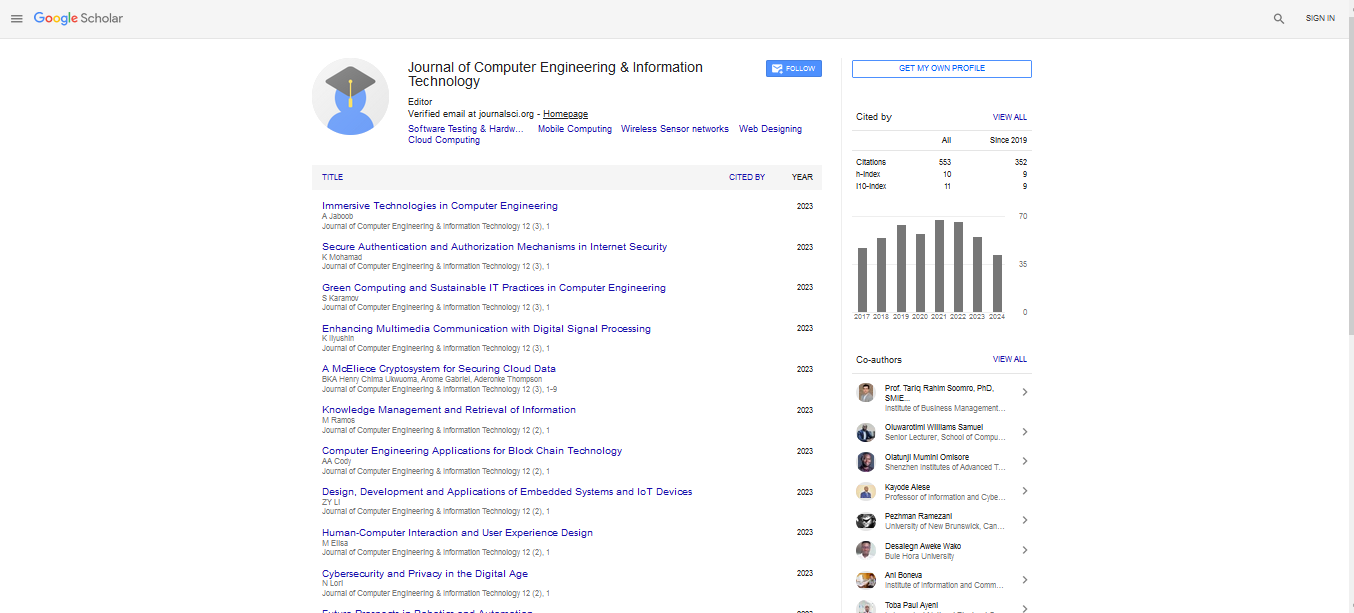Research Article, J Comput Eng Inf Technol Vol: 4 Issue: 5
Handwritten Devanagari Numeral Recognition by Fusion of Classifiers
| Prabhanjan S1* and Dinesh R2 | |
| 1Research Scholar, School of Engineering and Technology, Jain University, Bangalore, India | |
| 2Research Supervisor, School of Engineering and Technology, Jain University, Bangalore, India | |
| Corresponding author : Prabhanjan S Research Scholar, School of Engineering and Technology, Jain University, Bangalore, India Tel: 8123674234; E-mail: prabhan_us@rediffmail.com, dr.dineshr@gmail.com |
|
| Received: April 19, 2015 Accepted: June 29, 2015 Published: July 06, 2015 | |
| Citation: Prabhanjan S, Dinesh R (2015) Handwritten Devanagari Numeral Recognition by Fusion of Classifiers. J Comput Eng Inf Technol 4:2. doi:10.4172/2324-9307.1000128 |
Abstract
Handwritten Devanagari Numeral Recognition by Fusion of Classifiers
Recognition of handwritten Devanagari numerals has many applications especially in the field of postal automation, document processing and so on. Due to its vast applications, many researchers are actively working towards development of effective and efficient hand written character/numeral recognition. Devanagari script is widely used script in Indian sub-continent; also Devanagari script forms the basis for many other scripts in Indian sub-continent. In this paper, we have proposed a hybrid method to recognize handwritten Devanagari numerals. The proposed method uses, stacking approach to fuse the confidence scores from four different classifiers viz., Naïve Bayes (NB), Instance Based Learner (IBK), Random Forest (RF), Sequential Minimal Optimization (SMO). Also, the proposed method extracts both local and global features from the handwritten numerals. In this work, we have used Fourier Descriptors as global shape feature. Whereas, the pixel density statistics from different zones of the numeral to describe the numerals locally. The proposed method has been tested on large set of handwritten numeral database and experimental results reveal that the proposed method yields the accuracy of 99.685%, which is the best accuracy reported so far for the datasets considered. Hence the proposed method outperforms contemporary algorithms.
 Spanish
Spanish  Chinese
Chinese  Russian
Russian  German
German  French
French  Japanese
Japanese  Portuguese
Portuguese  Hindi
Hindi 